Increased relative contribution of medium and heavy trucks to U.S. greenhouse gas emissions
Green Car Congress
AUGUST 22, 2019
In this analysis, I examined recent changes in the contribution of transportation to total greenhouse gas emissions in the United States relative to the other sources of emissions (industry, commercial, residential, and agriculture). The analysis is an update of a study published in 2016. by Michael Sivak. The raw data came from EPA.


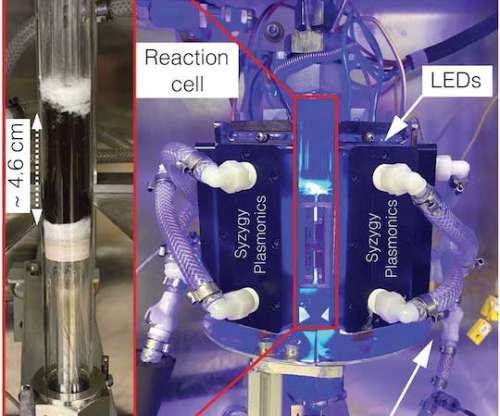








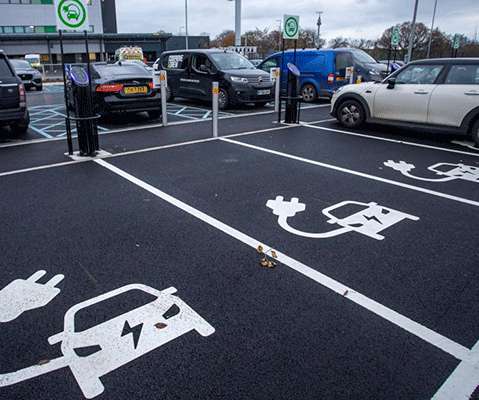





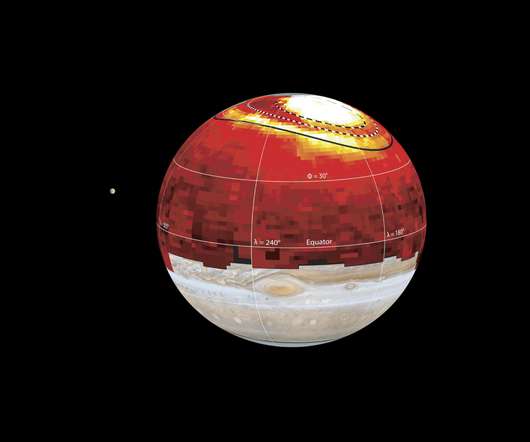











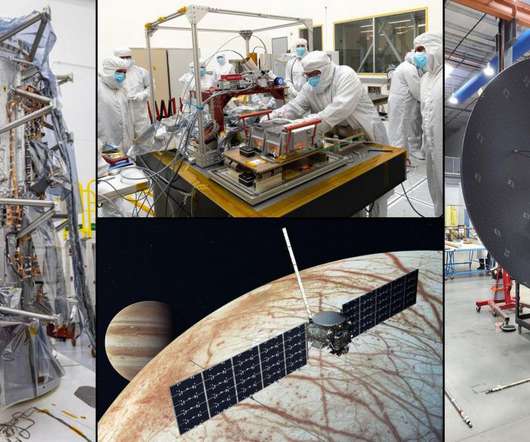
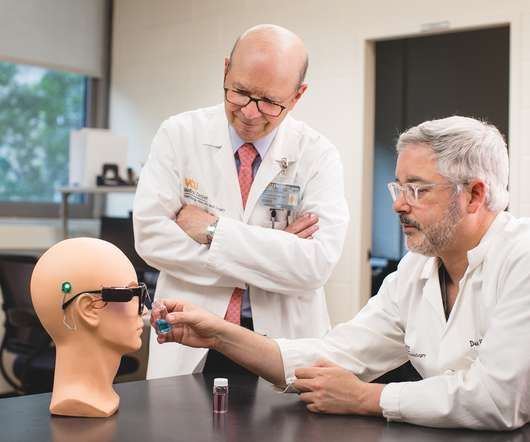












Let's personalize your content